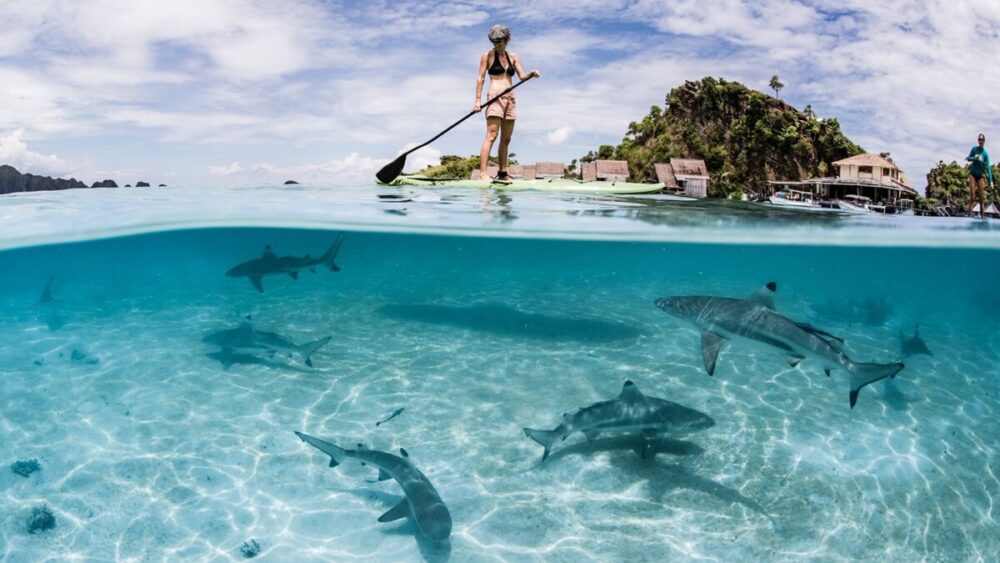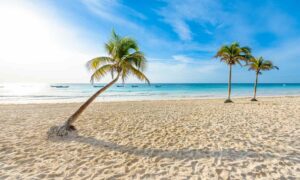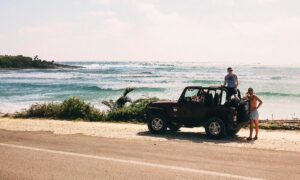If you’ve ever day-dreamed of slipping off the grid, finding a pristine beach where the sand seems to hum with nothing but your footprints, and diving into waters where every color hits you like a new revelation, then the archipelago of Raja Ampat is for you.
Tucked away in Indonesia’s West Papua province, these islands aren’t just another tropical postcard; they’re a reminder of how wondrously wild the world still is.
Whether you’re here to snorkel with manta rays, kayak through mangrove tunnels, or simply lie on a wooden deck and listen to rain tapping palm leaves, this guide will walk you through the how-tos and the hidden moments.
If you want to explore in style, consider a Raja Ampat yacht rental – nothing says remote-island luxury like gliding from island to island with your own floating basecamp.
Let’s see where the tide takes us.
Getting There and Around
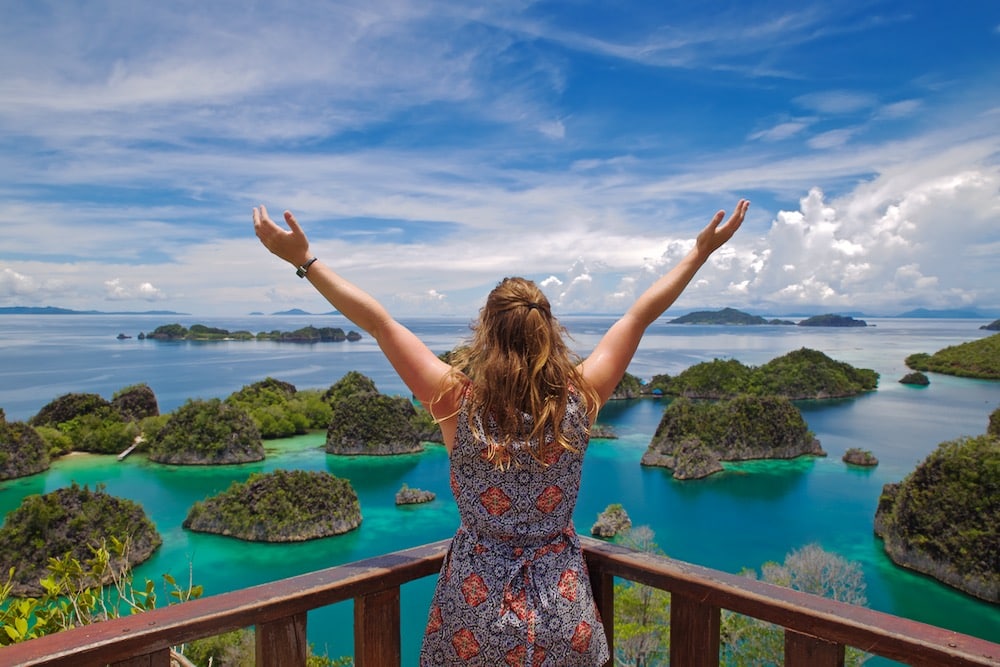
Source:facebook.com
The journey to Raja Ampat feels like part of the adventure; it’s remote, a bit unruly, and absolutely worth the effort. You’ll fly into Domine Eduard Osok Airport in Sorong, then take a ferry or speedboat to the archipelago’s gateway town of Waisai. From Waisai, you’ll continue by boat to whatever island you’ve chosen for camp. A few things to remember:
- Flights may come through Bali or Jakarta, and the final leg is often via small aircraft with limited baggage allowance.
- Ferries from Sorong to Waisai are reliabl,e but schedules can shift. Speedboats are faster but much pricier – only worthwhile if you really need the jump.
- Once you’re in Raja Ampat, expect that inter-island transport is far less predictable than in standard holiday resorts. Backtracking adds cost and time.
Table: Transport options
| Mode | Typical Use | Pros | Cons |
| Domestic flight | Reaching Sorong from major Indonesian hubs | The fastest way in | The budget may be higher |
| Ferry (Sorong→Waisai) | Getting into the archipelago | More affordable | Fixed schedule, slower |
| Speedboat / Charter | Island-hopping within Raja Ampat | Flexibility, direct access | Expensive, dependent on the weather |
Did you know? The word “Raja Ampat” literally translates to “Four Kings” – referring to the four main islands of Waigeo, Batanta, Salawati and Misool.
Best Time to Visit and What to Pack
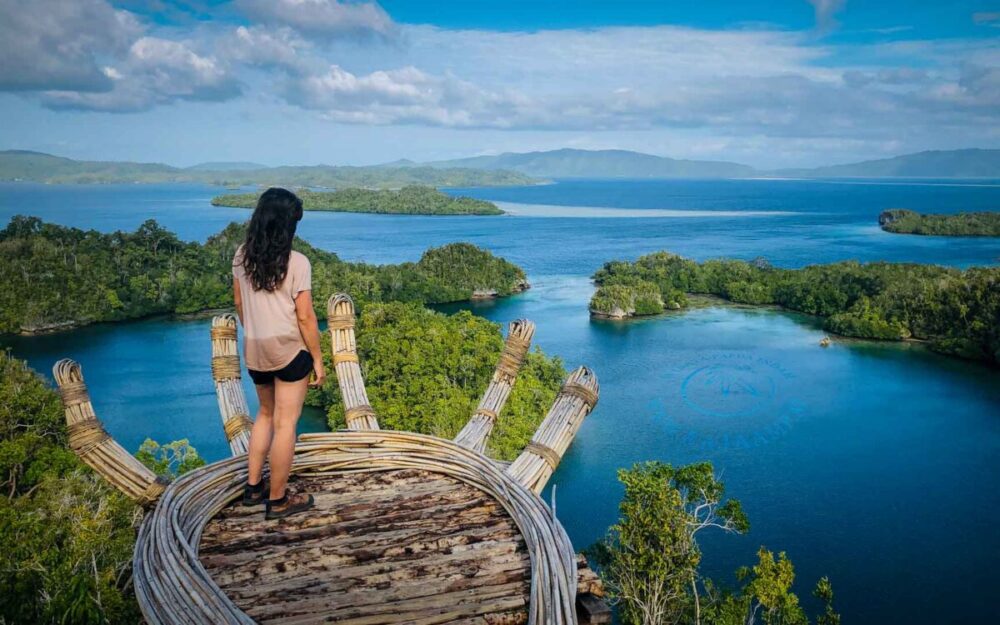
Source: rajaamp.at
Timing your trip to Raja Ampat can make the difference between crystal-clear water and cloudy seas, calm mornings and bracing winds, and easy logistics and headaches. According to various guides:
- The “best diving period” falls roughly between January and April, when seas are calmer and visibility is high.
- High season is generally October to April, which means slightly higher prices and more bookings.
- The weather is tropical and fairly consistent (temperatures around 26-32 °C), but rain and wind are always possible.
Packing checklist highlights:
- Reef-safe sunscreen (you’ll be surrounded by fragile coral)
- Lightweight long-sleeved shirt & shorts for sun + bug protection
- Dry bag or waterproof case (boats splash more than you imagine)
- Mask/snorkel (many lodges provide, but yours may be more comfortable)
- Adapter/charger with limited power access in remote spots
Quick note: Don’t overpack electronics expecting reliable WiFi everywhere – many places have patchy connectivity (and you might consider that a blessing).
What to Do: Top Highlights of Island Life
Here’s where Raja Ampat moves from “I’ve seen the brochures” to “Holy wow, I’m really here.” Choose your pace.
1. Underwater Wonderland
The marine biodiversity here is staggering: over 75 % of the world’s coral species and thousands of reef fish inhabit these seas. Snorkel or dive at spots like Aljui Channel (noted for top shelf reef health) and let yourself marvel. But:
- Respect the environment: no touching coral, no anchoring on reefs.
- If you’re not a diver, many shallow sites offer spectacular views just a snorkel away, no certification required.
2. Island-Hopping, Kayaking, and Hidden Beaches
Glide between limestone karsts, drop anchor in secret bays, and kayak mangrove tunnels where only birds and you witness the dawn. The famous viewpoints above the water- especially around Wayag are iconic for a reason: dramatic, stark, and so, so photogenic. If you’ve opted for a yacht or charter, you’ll get the flexibility to pick those wild spots others only read about.
3. Community Culture and Shore Excursions
Beyond water, the islands host friendly communities, indigenous cultures, and forested hills. Consider:
- Visiting a village homestay: you’ll share a meal, hear local songs, and maybe spot something you won’t in a resort.
- Bird-of-Paradise tours (on Waigeo): they’re early mornings and a bit rugged, but rewarding.
- Respectfulness is key: dress appropriately, ask before photographing people, and support local businesses.
Interesting fact: The region is home to multiple endemic species and some of the most intact rainforest near sea level, so land-based hikes are an equally real treat.
Where to Stay and How to Choose
Finding the right place to rest your head in Raja Ampat is like choosing your path through a wild garden—it shapes the experience.
- Homestays: Simple, local-run lodges, often on stilts, offering direct access to nature and the community. Great value and authentic.
- Mid-range resorts: Still remote, but more comfortable. Wooden cottages, some amenities, good for mixed groups.
- Luxury liveaboards/yacht charters: Stay on the water, wake up in new bays each day, dive straight off the deck. Premium price, major flexibility.
Choose based on your budget, boat or land fatigue, and how much adventure you want. One tip: factor in the transfer time from Waisai—if you stay far out, a long boat ride each morning might test your patience.
Budgeting and Sustainable Travel Considerations
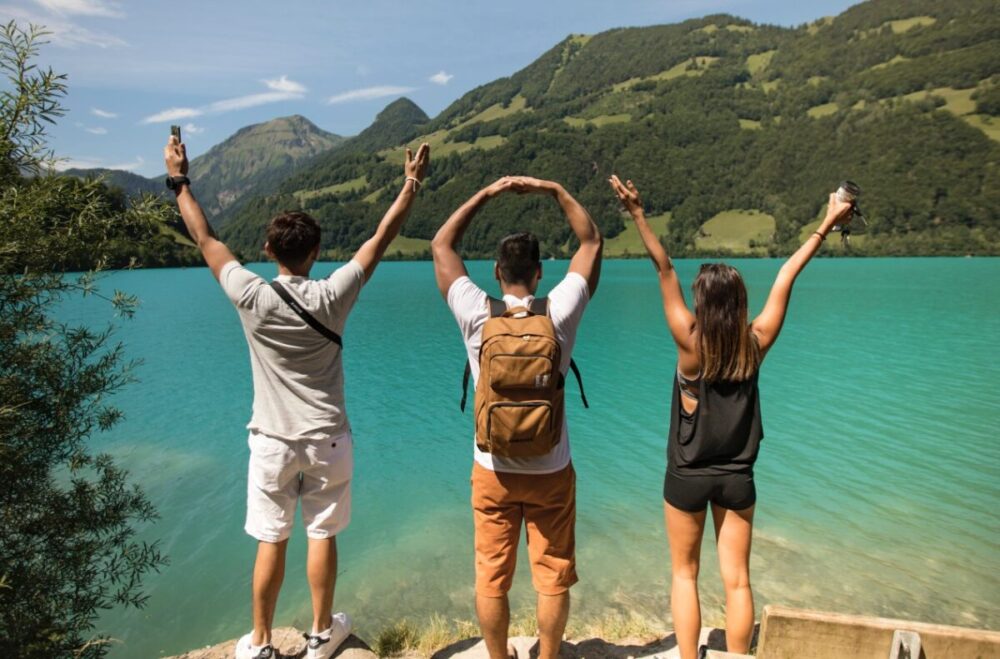
Source:ecobnb.com
A place this remote invites a realistic budget, and also asks you to travel responsibly.
Costs to consider
- Flights/boat transfers often make up the biggest expense.
- Accommodation varies widely, from budget homestay to yacht charter.
- Park fees & permits: visitors must pay a visitor entry ticket and a marine park permit.
- Excursions (diving, island tours, kayaks) add up.
Sustainability pointers
- Use reef-safe sunscreen, bring reusable water bottles, and minimize plastic waste.
- Choose local guides, homestays, and operators who show genuine ecological care.
- Consider your footprint: remote island ecosystems can be fragile. Your contribution matters.
Travel well here, and you help preserve the magic. Travel thoughtlessly and you echo the very risks that threaten these islands.
Conclusion
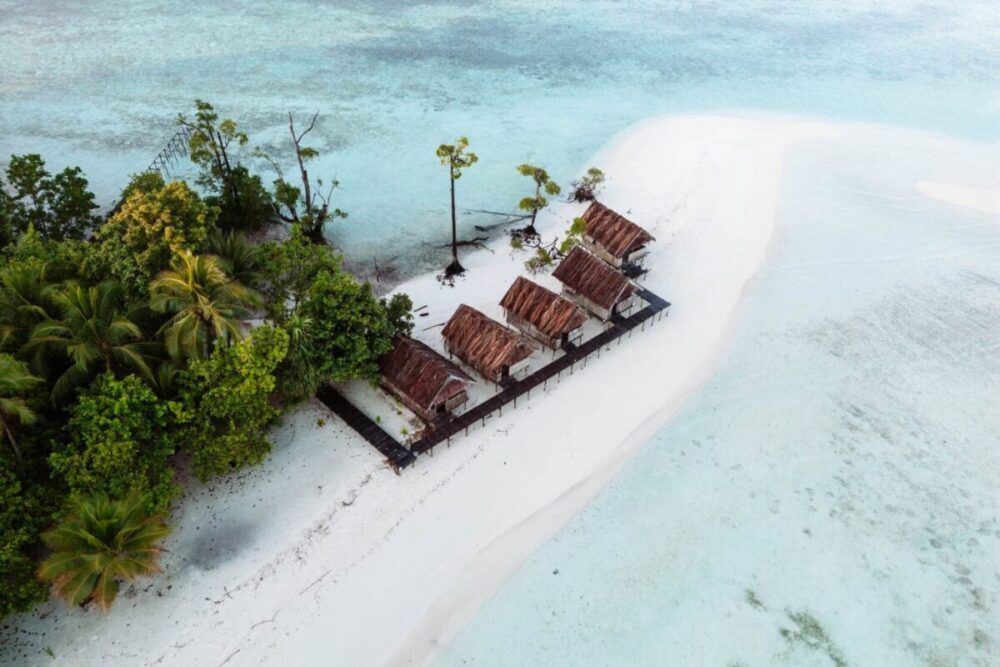
Source:pinterest.com
So you made it, deep into an archipelago that feels stubbornly untouched and still offering revelation after revelation. In Raja Ampat, you’ll move more slowly, listen longer, and perhaps let yourself be surprised by how far away from “normal” you feel.
The trick is to travel with curiosity, respect, and just enough planning so the logistics don’t steal the poetry. From coral gardens so dense they look like alien cities, to islands where you’re the only soul on the beach at dusk, this is remote travel at its richest.
Pack light, dive deep, hush your phone sometimes, and let Raja Ampat show you what’s possible when the wild still wins.

